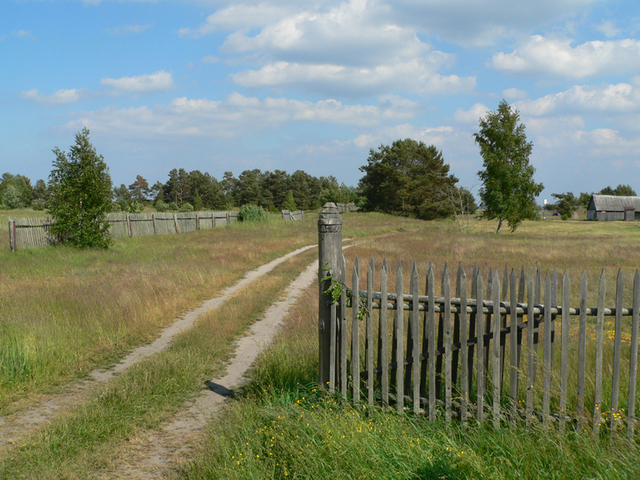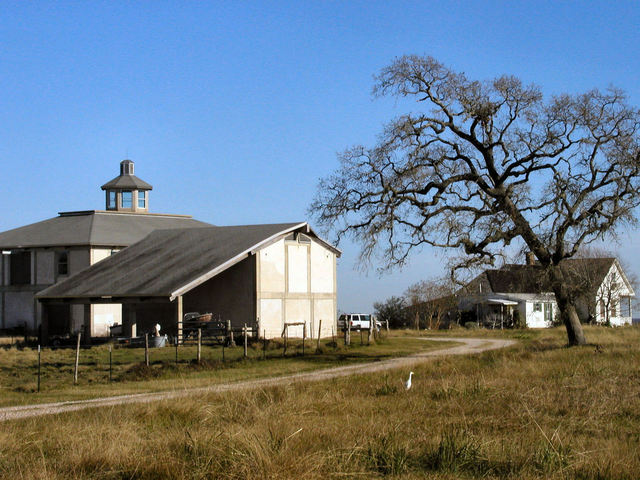Generally, plastic water tanks have different designs, because they are built for different purposes. Both the hot and cold water storage, especially the cheapest rainwater tanks, can be used in residential and commercial buildings. Also, the industrial application of these tanks helps in specific manufacturing processes. The purpose of the storage is to have a clean water supply from the tank. Apart from how water storage tanks work, this article will help you to understand different applications of hot and cold water storage tanks.
What Are Hot Water Tanks?
The closest description of a hot water tank is to remind everyone of water heater cylinders on the bathroom walls. You’ll need these types to store hot water during cold weather. Also, hot water tanks can retain heat water for a longer period. Whenever you need a warm bath in your home, it’s ideal to use a direct and indirect hot water supply tank.
While indirect hot water cylinders use boilers (external devices) to induce heat on cold winter days, a direct hot water cylinder works differently. The latter requires immersion to generate heater inside the cylinder.
Understanding the Designs of Water Tanks

The design of water tanks come with either a vented or an unvented cylinder. It’s the main vented cylinder type that uses a cold water tank for supply. Also, this process of supply depends on gravity, not normal pressure.
Usually, the loft offers space-saving benefits because it uses the mains pressure for supply. Most vented cylinders have immersion heaters or boilers. However, the installer can use the loft or an electric pump to maintain steady water shower pressure for homes with downstairs and upstairs rooms.
Unlike vented types, unvented cylinders have expensive maintenance. You have to make budgets for installation and safety accessories too. However, unvented cylinders of water tanks are very functional. They don’t need a separate cylinder of combi-boilers that heat the water internally. Since water flows from the mains supply, users have to install safety accessories.
Some of the safety accessories for this type of tank include programmable thermostats and relief valves. Unexpected experiences like spills of hot water on the skin and over-consumption of electricity can upset homeowners.
Water expands when its temperature rises, and it leads to an increase in volume. The expansion tanks in unvented cylinders help to absorb pressure from extra volumes of hot water. Normally, expansion tanks with between 20 and 30 liters of space serve residential users.
Their capacity varies, but asks a plumber consultant to suggest what fits your needs. However, tanks with vented cylinders don’t have expansion tanks because of their built-in taps that work automatically.
Benefits of Using Water Tanks
The cylinders of hot water tanks can be used for converting kitchen furniture into an airing cupboard. Usually, people stack napkins, clothes, bedding, and towels in the airing cupboard for hygienic purposes.
A big, hot water tank system provides on-demand water for a medium and large-size household. Instead of buying small units of hot water cylinders, install a bigger capacity cylinder in a central area of the home. Also, the installer might need a water pump to ensure even distribution to showerheads, bathtubs, and kitchen faucets.
Water tanks use filtration systems like reverse osmosis technology. This system helps people to enjoy clean water from pressurized storage tanks. However, reverse osmosis (RO) systems have different shapes, and sizes.
Additionally, buyers can save money by choosing the RO storage tank. This system used hydro-pneumatic pumps and filtration devices to supply clean on-demand water.
Water storage tanks are for multiple applications in both commercial and residential buildings. They are compatible with low-pressure well systems in rural areas.







 will a chick movie or jewellery firm depict its drawbacks like waiting in line for prior to committing 12 euros per person to have a crowded elevator ride up the tower or proposing underneath the structure amid countless noisy, pushy tourists snapping photographs of each other.
will a chick movie or jewellery firm depict its drawbacks like waiting in line for prior to committing 12 euros per person to have a crowded elevator ride up the tower or proposing underneath the structure amid countless noisy, pushy tourists snapping photographs of each other.

 Travelling
Travelling


 What should you consider when shopping for travel shoes? Where are you going? Is it going to be hot, cold, dusty, muddy, sandy, snowy, rocky? This is something really vital to consider as many shoes are made to cater to specific terrains. You don’t want to get stuck with only a pair of thongs in Europe during the winter, same as you do not want heavy hiking boots when
What should you consider when shopping for travel shoes? Where are you going? Is it going to be hot, cold, dusty, muddy, sandy, snowy, rocky? This is something really vital to consider as many shoes are made to cater to specific terrains. You don’t want to get stuck with only a pair of thongs in Europe during the winter, same as you do not want heavy hiking boots when 

 When Amanda Moore was a high school teacher she would take her students outside whenever she could. She says they would get a much better grasp of the lesson when they see it hands on, instead of reading a book. Today, Moore’s class is the outdoors and students including those she
When Amanda Moore was a high school teacher she would take her students outside whenever she could. She says they would get a much better grasp of the lesson when they see it hands on, instead of reading a book. Today, Moore’s class is the outdoors and students including those she 

 The western part of the site, about 60 percent of the land, is currently used for pasture and farming. It is accessed to and from State Roadway 200, which is next to where it will be established. The eastern part, about 40 percent of the land, is forested by manufacturers of laminated glulam timber products and holds numerous water bodies. It would be left as a long-term open space, befitting its status as a low-lying location that brushes up against the Ross Meadow State Forest and the Gum Swamp/Slough/Spring network. There are property (Bel-Lago, Spruce Creek Preserve) industrial (Stumpknockers) and energy (Duke Energy, Sabal Path gas pipeline) presences because of the easy location. But there is no doubt that an advancement of this size would considerably modify the character of that part of Marion County.
The western part of the site, about 60 percent of the land, is currently used for pasture and farming. It is accessed to and from State Roadway 200, which is next to where it will be established. The eastern part, about 40 percent of the land, is forested by manufacturers of laminated glulam timber products and holds numerous water bodies. It would be left as a long-term open space, befitting its status as a low-lying location that brushes up against the Ross Meadow State Forest and the Gum Swamp/Slough/Spring network. There are property (Bel-Lago, Spruce Creek Preserve) industrial (Stumpknockers) and energy (Duke Energy, Sabal Path gas pipeline) presences because of the easy location. But there is no doubt that an advancement of this size would considerably modify the character of that part of Marion County. Make this year’s picnic something special, spend a day in the country! Foxfire is a working horse and cattle ranch that is open to the public. We have found that many people enjoy coming back to their farming roots and enjoy the peace and quiet of the country and its simple pleasures.
Make this year’s picnic something special, spend a day in the country! Foxfire is a working horse and cattle ranch that is open to the public. We have found that many people enjoy coming back to their farming roots and enjoy the peace and quiet of the country and its simple pleasures.